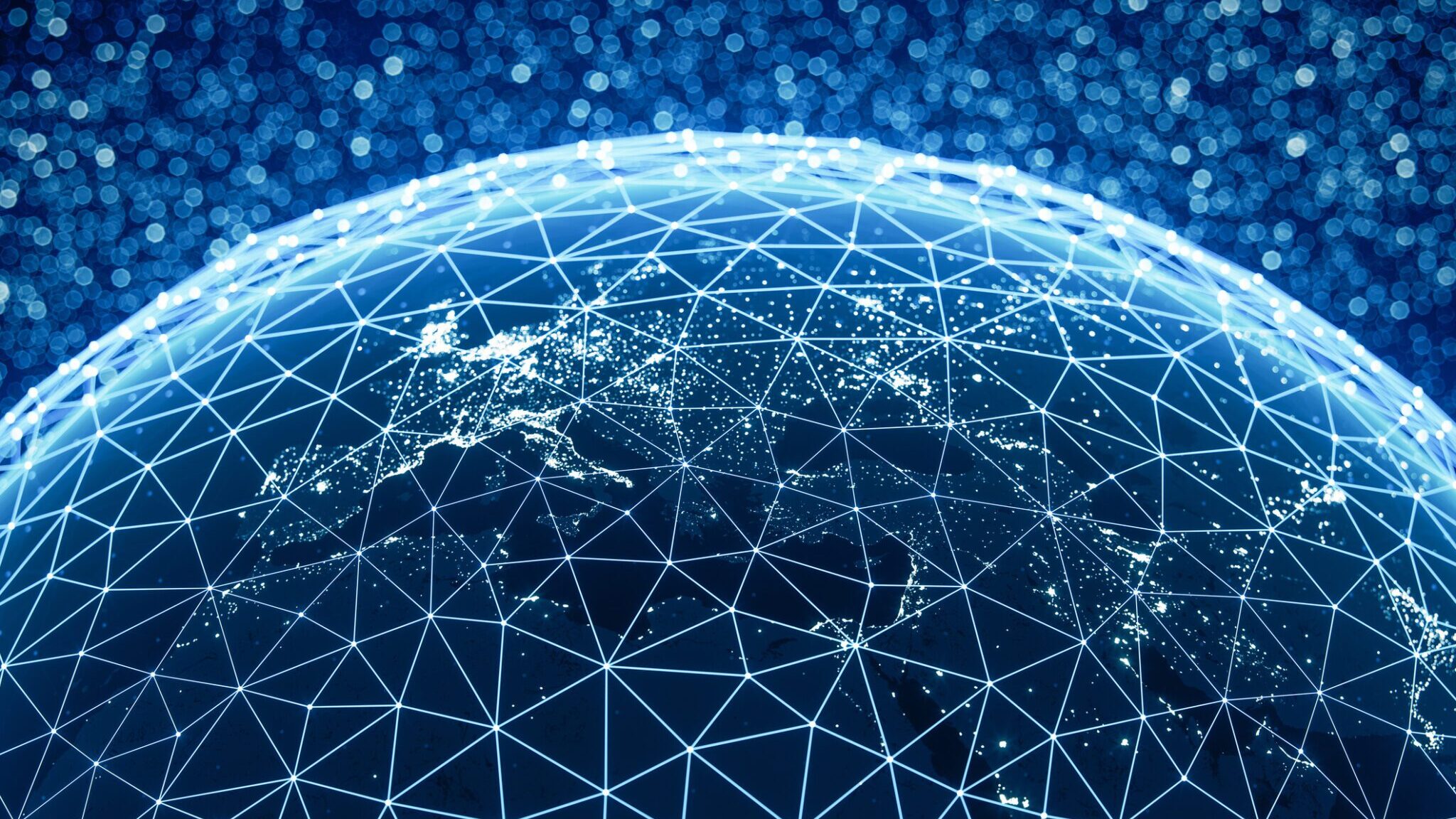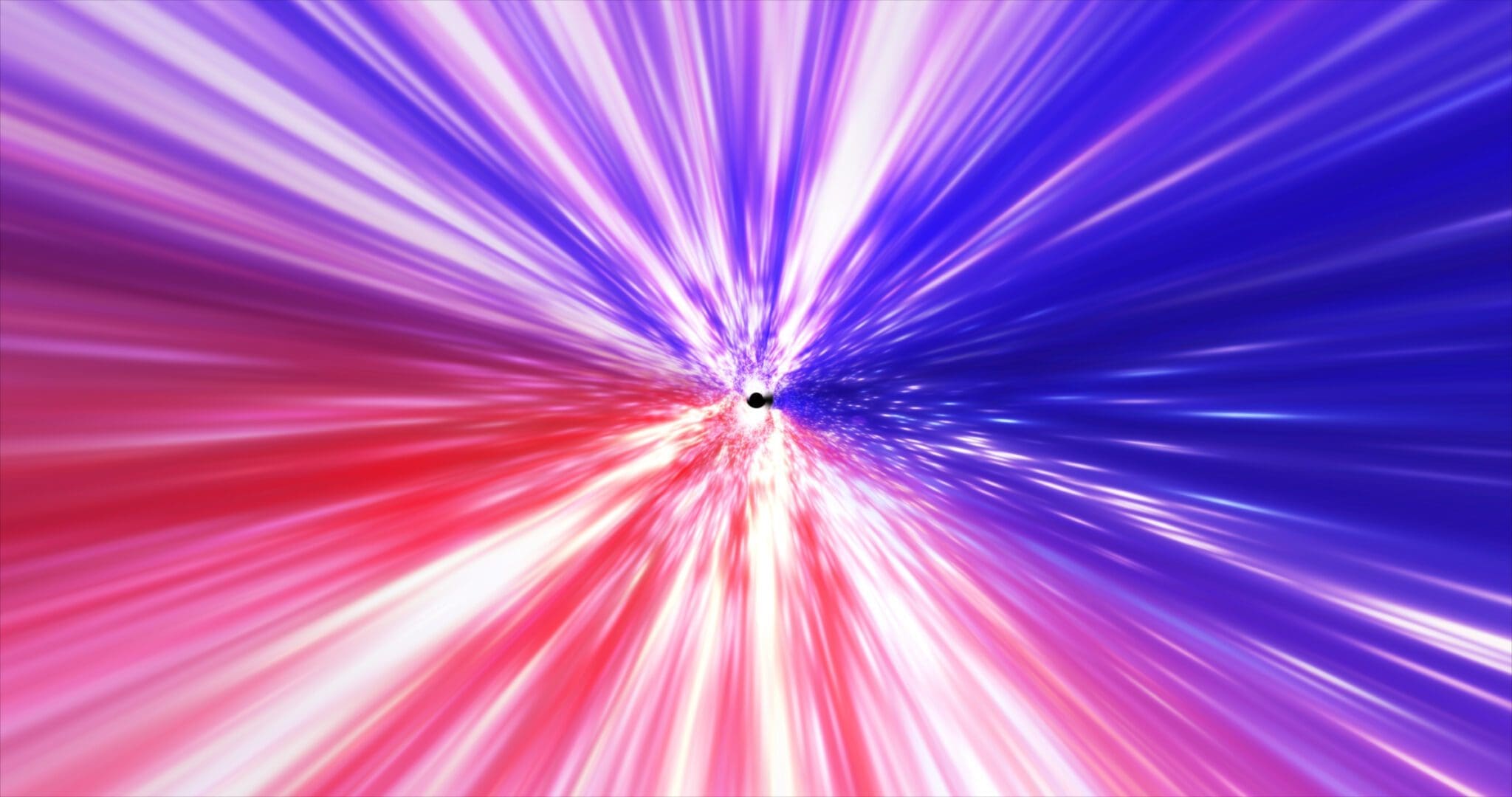Who Owns the Internet of Things (IoT) Standard Essential Patents?

The Internet of Things (IoT) will influence and shape the future of technology development as it connects physical objects with the virtual world. IoT is a network of Internet-connected devices that transmit embedded sensor data to the cloud or edge for processing. Once the data is collected, it can be analyzed to provide meaningful, actionable insights. The enabling sensors can be embedded in everyday objects such as cell phones, washing machines, vehicles, or wearable devices. Furthermore, they can also be components of larger machines and systems such as aircraft, ships, engines, wind turbines or oil platforms. As part of an IoT solution, IoT devices may also need to operate without an external power supply, making energy efficiency particularly important.
To enable IoT applications and sensors to communicate with each other over long distances in a power-saving way, the right infrastructure is needed. LPWA (low-power wide-area) is specifically designed for applications with low bandwidth requirements and low power consumption – while providing wider and deeper network coverage. To meet these LPWA requirements, particularly energy-efficient wireless technologies have been developed such as Narrowband (NB-IoT) and Long-Term Evolution for Machines (LTE-M). Both technologies are based on 4G LTE and connect things that could not be connected before. The development of these technologies where possible due to multibillion dollar investments into R&D and standards development and some technologies are also protected by standard essential patents (SEPs). To get a first overview of the patent holders in NB-IoT and LTE-M, this report presents a landscaping of IoT declared SEPs using the IPlytics platform.
Read the Report

Need to Navigate the World of Standard Essential Patents and Standards’ Contributions?
Leverage transparent and accessible data for SEPs, Technical standards, and contribution data analysis to ensure the success of your patent portfolio with LexisNexis® IPlytics.
